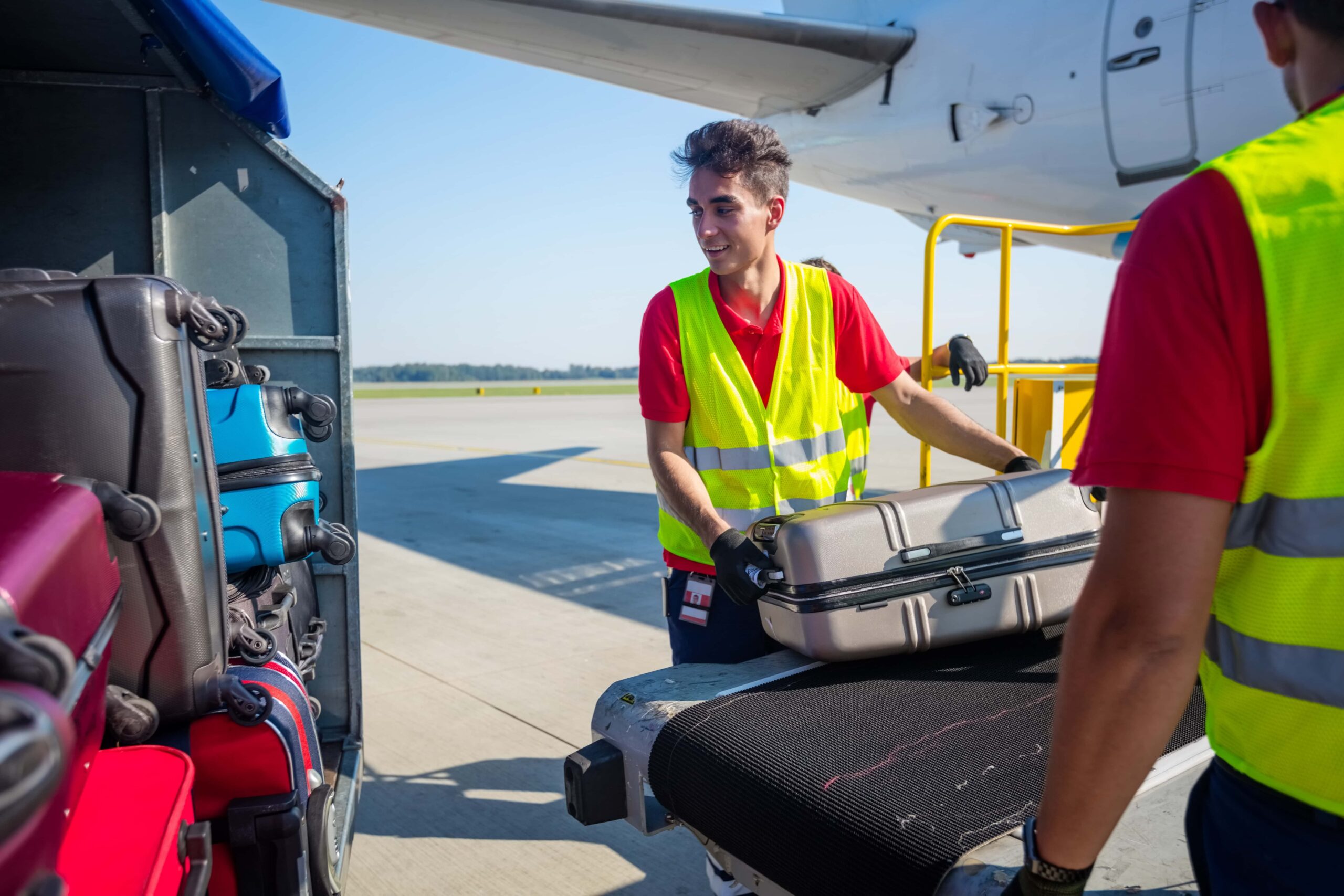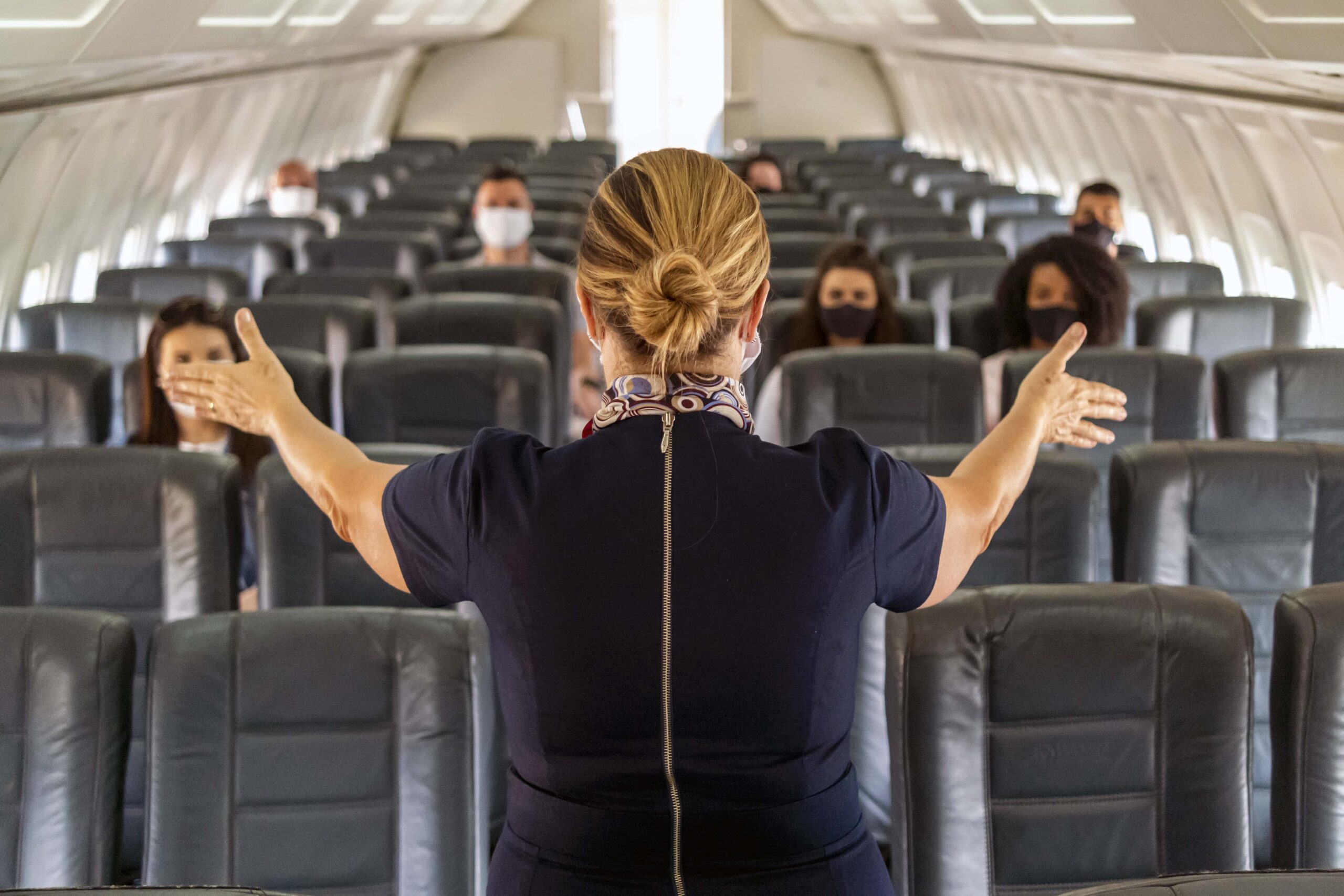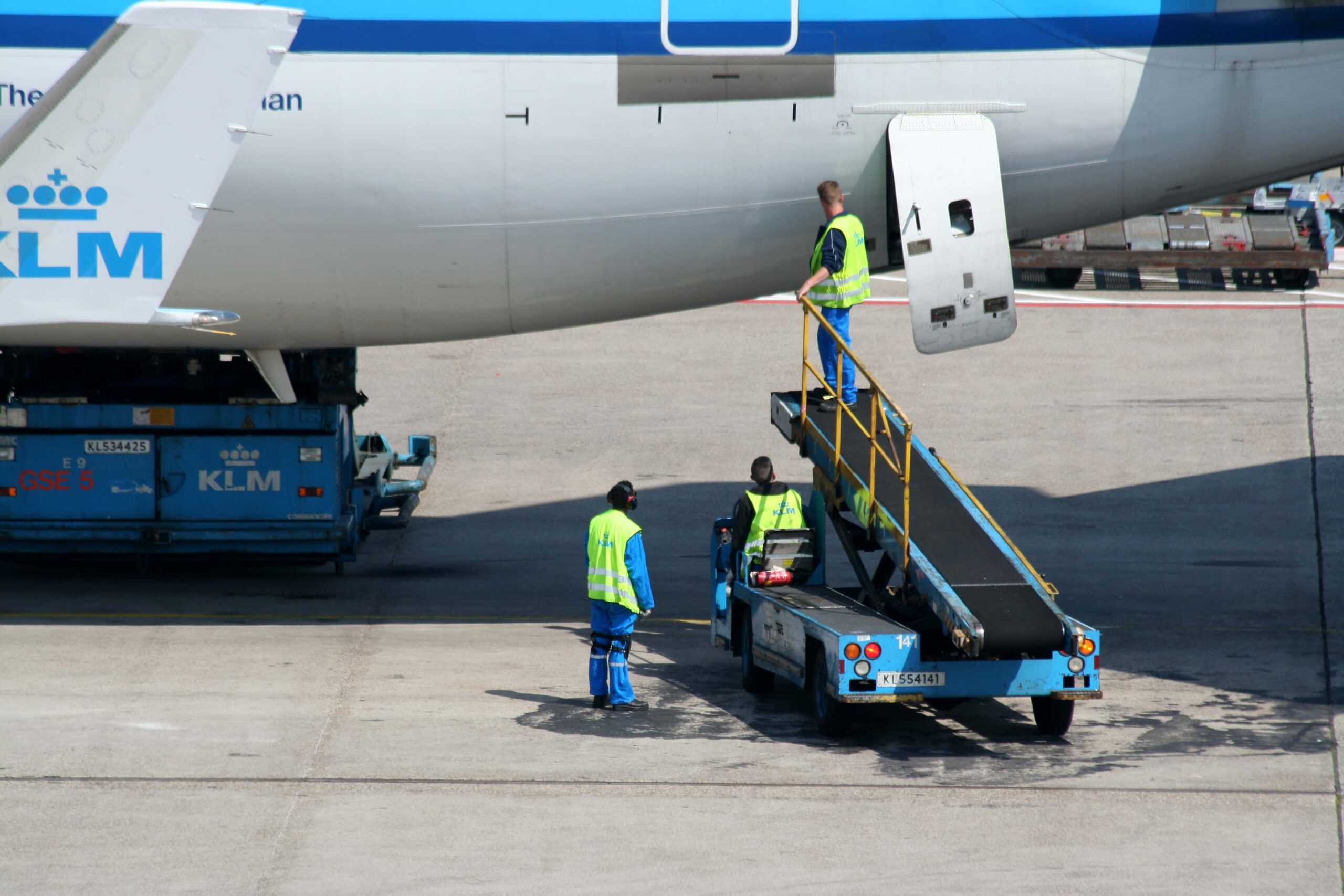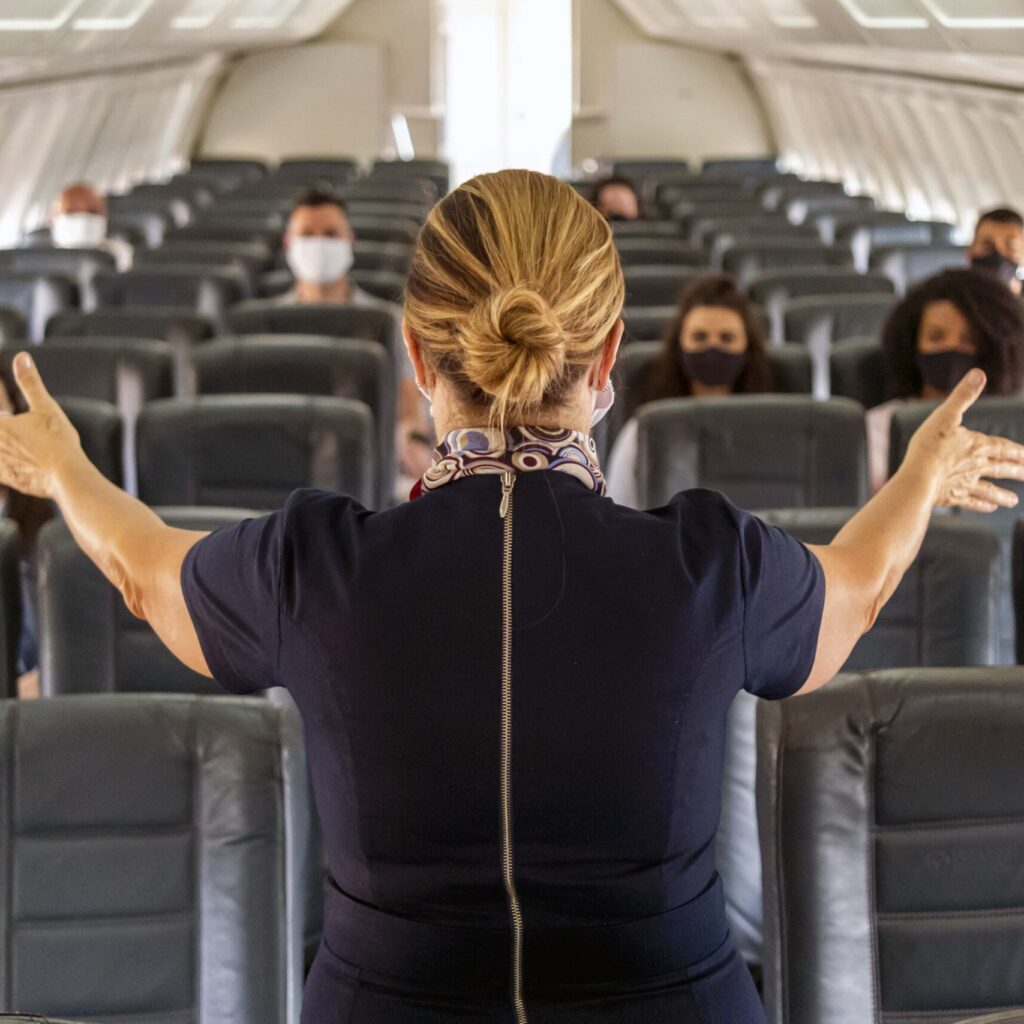Efficient scheduling is the backbone of successful pizzeria operations in Cedar Rapids, Iowa. Small business owners in the bustling food service industry face unique challenges when it comes to managing employee shifts, balancing labor costs, and ensuring optimal coverage during peak hours. The right scheduling services can transform a chaotic, time-consuming process into a streamlined system that improves employee satisfaction, reduces operational costs, and enhances customer service. For pizzerias specifically, where weekend rushes, delivery demands, and varying seasonal patterns create complex staffing needs, implementing effective scheduling solutions is not just convenient—it’s essential for sustained growth and profitability.
Cedar Rapids’ competitive restaurant market demands that pizzeria owners maximize efficiency while maintaining service quality. With the city’s growing food scene and diverse customer base, local pizzerias must adapt to changing demand patterns while keeping staff engaged and productive. Advanced scheduling services offer small business owners the tools to anticipate staffing needs, reduce overtime expenses, facilitate easier shift trades, and maintain compliance with Iowa labor regulations. By leveraging modern scheduling technology, Cedar Rapids pizzerias can focus more on crafting delicious pies and building customer relationships rather than wrestling with spreadsheets and handling last-minute scheduling conflicts.
Understanding the Unique Scheduling Needs of Pizzerias
Pizzerias in Cedar Rapids face distinct scheduling challenges that set them apart from other food service establishments. Understanding these unique needs is the first step toward implementing an effective scheduling system. The combination of dine-in service, takeout orders, and delivery operations creates a complex staffing environment that requires careful planning and flexibility.
- Multi-role staffing requirements: Pizzerias need to schedule various positions simultaneously—delivery drivers, pizza makers, servers, hosts, and kitchen staff—all with different peak demand times and skill requirements.
- Weekend and evening peak hours: Cedar Rapids pizzerias typically see 40-60% of their weekly business during Friday and Saturday evenings, requiring precise staffing during these critical periods.
- Weather-dependent delivery demands: Iowa’s variable weather conditions can dramatically impact delivery orders, necessitating flexible scheduling that can adapt to sudden changes.
- Special event surges: Local events, sports games, and college activities in Cedar Rapids can create unexpected order spikes that require additional staffing.
- Split shifts and varied employee availability: Many pizzeria employees are part-time workers or students with changing availability, making traditional fixed schedules impractical.
Pizzeria owners who recognize these unique scheduling demands can better select tools that address their specific needs. Employee scheduling systems designed with food service flexibility in mind provide the foundation for operational success while reducing management headaches. The right scheduling approach can turn these challenges into opportunities for improved efficiency and service quality.
Common Scheduling Challenges for Cedar Rapids Pizzerias
Cedar Rapids pizzeria owners consistently report several scheduling hurdles that impact their operations and profitability. Recognizing these common challenges is essential for implementing effective solutions that address the root causes of scheduling inefficiency rather than just treating the symptoms.
- Last-minute call-offs: The food service industry averages a 15-25% no-show or late arrival rate, creating immediate staffing gaps during critical business hours and increasing stress on remaining team members.
- Inefficient communication methods: Many Cedar Rapids pizzerias still rely on text messages, phone calls, or paper schedules, leading to confusion, missed updates, and scheduling errors that affect service quality.
- Managing shift swaps and coverage: Without a centralized system, shift trades between employees often lack proper documentation or managerial oversight, potentially creating coverage gaps or overtime situations.
- Seasonal staffing fluctuations: Local pizzerias must adjust schedules for summer tourist increases, college schedule changes, and holiday rushes, requiring careful planning and flexible staffing solutions.
- Balancing labor costs with service quality: Cedar Rapids pizzeria owners report spending 5-10 hours weekly trying to optimize schedules to control labor costs while maintaining adequate staffing for customer service excellence.
Addressing these challenges requires more than just basic scheduling tools. Modern solutions like shift marketplace platforms allow employees to trade shifts within approved parameters, while team communication features ensure everyone stays informed about schedule changes. Implementing these solutions can transform scheduling from a daily frustration into a strategic advantage for Cedar Rapids pizzerias.
Benefits of Digital Scheduling Solutions for Pizzerias
Transitioning from manual scheduling methods to digital solutions offers Cedar Rapids pizzeria owners significant advantages that directly impact their bottom line. The return on investment for implementing modern scheduling services extends far beyond simple time savings, creating value across multiple business dimensions.
- Substantial time savings: Restaurant managers report saving 5-8 hours per week on scheduling tasks, allowing them to focus on customer service, menu development, and other revenue-generating activities instead of administrative work.
- Reduced labor costs: Digital scheduling solutions help pizzerias reduce overtime by 15-20% through better shift planning and real-time labor cost tracking, directly improving profitability in a low-margin business.
- Improved employee retention: Restaurants using digital scheduling tools report up to 25% lower turnover rates, as employees appreciate the transparency, flexibility, and work-life balance these systems provide.
- Enhanced schedule accuracy: Automated systems eliminate common scheduling errors like double-booking employees or creating unintended overtime situations, reducing costly mistakes by up to 30%.
- Better demand forecasting: Advanced scheduling platforms analyze historical data to predict busy periods, allowing Cedar Rapids pizzerias to align staffing with anticipated customer volume for optimal service and cost efficiency.
Cedar Rapids pizzeria owners who have adopted digital scheduling solutions consistently report these benefits translate into measurable business improvements. Scheduling efficiency improvements create a positive ripple effect throughout the organization, enhancing not only operational metrics but also workplace culture and customer experience. The investment in these tools typically pays for itself within months through labor savings and operational improvements.
Essential Features to Look for in Pizzeria Scheduling Software
When evaluating scheduling software for your Cedar Rapids pizzeria, certain features stand out as particularly valuable for food service operations. The right combination of capabilities will address your specific business needs while providing flexibility for future growth and changing market conditions.
- Mobile accessibility: With 92% of restaurant employees preferring mobile schedule access, apps that allow staff to view schedules, request changes, and swap shifts from their smartphones are essential for today’s workforce, especially those with younger staff members.
- Integrated communication tools: Look for platforms that include built-in messaging features that keep all schedule-related communication in one place, reducing confusion and creating clear documentation of all interactions.
- Forecasting capabilities: Software that analyzes historical sales data to predict busy periods helps Cedar Rapids pizzerias optimize staffing levels based on expected customer volume during university events, weekends, and seasonal fluctuations.
- Labor cost controls: Tools that track hours, alert managers to potential overtime, and provide real-time labor cost percentages help maintain profitability in the competitive Cedar Rapids food service market.
- Employee preference management: Systems that capture staff availability, time-off requests, and shift preferences create more sustainable schedules and reduce last-minute changes that disrupt operations.
- Integration capabilities: Software that connects with your POS system, payroll provider, and other business tools creates a seamless information flow that eliminates duplicate data entry and reduces administrative overhead.
Platforms like Shyft offer these essential features while providing industry-specific optimizations for restaurant operations. Identifying key features that align with your pizzeria’s specific needs will ensure you select a solution that delivers maximum value. The right scheduling software should feel like it was designed specifically for your business model, addressing the unique challenges pizzerias face while remaining intuitive for all users.
Implementing Scheduling Software in Your Cedar Rapids Pizzeria
Successfully transitioning to a new scheduling system requires careful planning and employee buy-in. For Cedar Rapids pizzerias, implementation should be approached as a strategic process rather than simply installing new software. A thoughtful rollout minimizes disruption while maximizing adoption and benefits.
- Phased implementation approach: Start with core features and gradually introduce advanced capabilities over 4-6 weeks, allowing staff and management to adapt comfortably without feeling overwhelmed by sudden change.
- Comprehensive training sessions: Schedule multiple training opportunities in different formats (in-person, video, written guides) to accommodate various learning styles and ensure all employees understand how to use the new system.
- Designate system champions: Identify enthusiastic team members to serve as internal experts who can help their colleagues navigate the new software and provide peer-level support during the transition.
- Data migration planning: Carefully transfer existing employee information, availability data, and historical scheduling patterns to the new system to maintain operational continuity and leverage past experience.
- Establish clear communication protocols: Define expectations for how and when employees should check schedules, request changes, and communicate availability to ensure everyone follows consistent processes.
Successful implementation also requires ongoing support and refinement after the initial rollout. Implementation and training resources should be readily available to address questions and challenges as they arise. Cedar Rapids pizzeria owners report that investing time in proper implementation pays dividends through higher adoption rates and faster realization of benefits. Remember that scheduling system champions within your staff can significantly influence the success of your new scheduling solution by creating peer-led momentum.
Managing Rush Hours and Seasonal Demands in Cedar Rapids
Cedar Rapids pizzerias experience significant fluctuations in customer demand based on time of day, day of week, and seasonal factors. Effective scheduling must account for these patterns to ensure adequate staffing during peak periods without overstaffing during slower times. Strategic scheduling approaches can help balance service quality with labor cost efficiency.
- Local event coordination: Cedar Rapids hosts numerous events at venues like the U.S. Cellular Center and McGrath Amphitheatre that create ordering surges, requiring scheduling systems that can tag and prepare for these known demand drivers.
- Weather-based adjustments: Iowa’s variable weather significantly impacts delivery and dine-in patterns, making flexible scheduling and on-call staff arrangements valuable for adapting to sudden changes in demand.
- Split shift strategies: Implementing split shifts during lunch and dinner rushes while reducing staff during mid-afternoon lulls can reduce labor costs by 10-15% without sacrificing service quality during peak times.
- Staggered start times: Rather than having all staff arrive simultaneously, staggering arrival times in 15-30 minute increments helps match staffing levels to gradually building customer demand throughout shift transitions.
- Cross-training preparation: Schedule and train employees who can handle multiple roles (e.g., servers who can make pizzas, hosts who can handle cashier duties) to create staffing flexibility during unexpected rushes.
Advanced scheduling solutions offer demand forecasting tools that analyze historical data alongside upcoming events to predict staffing needs with remarkable accuracy. Cedar Rapids pizzeria owners can also benefit from seasonal staffing strategies that account for college schedules, summer tourism patterns, and holiday fluctuations. The ability to quickly adjust schedules in response to changing conditions gives pizzerias a competitive advantage in service quality while maintaining cost control.
Compliance with Iowa Labor Laws and Regulations
Scheduling practices must comply with Iowa’s labor laws and regulations to avoid costly penalties and legal issues. Cedar Rapids pizzeria owners need scheduling solutions that help maintain compliance while efficiently managing their workforce. Understanding key legal requirements is essential for creating compliant scheduling practices.
- Minor labor restrictions: Iowa has specific limitations on hours and times when employees under 18 can work, with scheduling software that flags potential violations helping pizzerias avoid penalties while utilizing this important labor pool.
- Break requirements: Though Iowa doesn’t mandate specific meal or rest breaks for adult employees, many pizzerias choose to provide them, and scheduling systems should account for these breaks in shift planning.
- Overtime calculation: Iowa follows federal requirements for overtime pay after 40 hours in a workweek, making it essential that scheduling tools accurately track cumulative hours and alert managers to potential overtime situations.
- Predictive scheduling considerations: While Iowa doesn’t currently have predictive scheduling laws (requiring advance notice of schedules), scheduling software that provides consistent advance schedules improves employee satisfaction and retention.
- Record-keeping requirements: Federal and state laws require maintaining accurate time and attendance records, with digital scheduling systems providing compliant documentation and audit trails.
Modern scheduling platforms include compliance features that help pizzeria owners navigate these requirements with confidence. Labor compliance tools can automatically flag potential violations before they occur, creating schedules that balance operational needs with legal requirements. Cedar Rapids restaurant owners should also consider minor labor law compliance when scheduling high school students, who represent a significant portion of the part-time workforce in many local pizzerias.
Improving Employee Satisfaction Through Better Scheduling
Employee satisfaction and retention are directly linked to scheduling practices. In Cedar Rapids’ competitive restaurant labor market, pizzerias that offer employee-friendly scheduling gain a significant advantage in attracting and keeping quality staff. Strategic scheduling approaches can dramatically improve workplace culture while reducing costly turnover.
- Schedule consistency: Providing employees with consistent shifts when possible creates stability that helps staff plan their lives, with studies showing this can improve retention by up to 17% in food service environments.
- Advance notice periods: Publishing schedules at least 10-14 days in advance allows employees to arrange personal commitments around work hours, significantly reducing call-offs and no-shows.
- Preference-based scheduling: Systems that capture and honor employee availability and preferences when possible demonstrate respect for work-life balance while still meeting business needs.
- Shift swap empowerment: Allowing employees to initiate and manage their own shift trades (within manager-approved parameters) provides flexibility while reducing management burden.
- Fair distribution of desirable shifts: Transparent rotation of prime shifts (weekends, evenings) ensures all employees have access to higher-earning opportunities, improving perceived fairness and team morale.
Cedar Rapids pizzeria owners who prioritize employee-friendly scheduling report significant operational benefits beyond improved morale. Employee morale impact extends to customer service quality, with satisfied employees providing better customer experiences. Investing in scheduling flexibility for retention pays dividends through reduced hiring and training costs while maintaining operational knowledge within your team.
Cost-Effective Scheduling Strategies for Small Pizzerias
For small and independent pizzerias in Cedar Rapids, controlling labor costs while maintaining service quality presents a constant challenge. Strategic scheduling approaches can help balance these competing priorities without requiring significant financial investment. Smart scheduling decisions directly impact your bottom line.
- Sales-to-labor ratio targeting: Establish target labor percentage goals (typically 25-30% for pizzerias) and use scheduling software to monitor and maintain these targets across different dayparts and service types.
- Tiered staffing models: Create core teams of full-time staff supplemented by part-time employees who can be scheduled flexibly based on anticipated demand, creating scheduling elasticity.
- Cross-utilization scheduling: Train and schedule employees who can work across multiple stations (front-of-house and back-of-house) to maximize utility during varying demand patterns.
- Early release protocols: Establish clear guidelines for sending staff home early during unexpectedly slow periods while maintaining core coverage, potentially saving 5-10% in labor costs during off-peak times.
- Shift length optimization: Rather than defaulting to standard 8-hour shifts, create varied shift lengths (4, 6, or 8 hours) that align precisely with expected business volume throughout the day.
Implementing these strategies through a comprehensive scheduling solution can yield significant cost savings without compromising service. Labor cost comparison tools help identify opportunities for efficiency while maintaining adequate staffing for quality service. For Cedar Rapids pizzerias, small business scheduling features offer affordable solutions that deliver enterprise-level benefits without the enterprise-level price tag, making advanced scheduling accessible to independent operations.
Leveraging Technology for Team Communication
Effective team communication is inseparable from successful scheduling in the fast-paced pizzeria environment. Cedar Rapids restaurant owners are increasingly integrating communication tools with scheduling systems to create seamless information flow and operational transparency. These integrated approaches solve many common restaurant communication challenges.
- Centralized messaging platforms: Tools that keep all schedule-related communications in one searchable location eliminate confusion from scattered texts, calls, and in-person conversations while creating clear accountability.
- Shift handoff documentation: Digital systems that facilitate structured shift notes between closing and opening teams improve operational continuity and reduce misunderstandings about prep work, inventory, and pending tasks.
- Pre-shift updates: Automated notifications about daily specials, menu changes, or important operational updates ensure all team members arrive informed and prepared for their shifts.
- Real-time alert systems: Immediate notifications for critical issues like employee call-offs, unexpected rushes, or delivery backups allow managers to respond quickly and adjust staffing as needed.
- Performance feedback channels: Integrated tools for providing timely feedback to employees about schedule adherence, productivity, and service quality create opportunities for continuous improvement.
Cedar Rapids pizzeria managers who leverage these communication technologies report fewer misunderstandings, improved operational execution, and stronger team cohesion. Effective communication strategies extend beyond basic messaging to create a more connected workplace culture. Platforms like Shyft integrate team communication with scheduling functionality, eliminating the need for separate systems and ensuring all staff remain informed about essential operational information regardless of when they’re scheduled to work.
Measuring the Impact of Improved Scheduling
To justify investment in scheduling services, Cedar Rapids pizzeria owners should establish clear metrics to measure performance improvements. Tracking key indicators before and after implementation provides concrete evidence of return on investment and highlights areas for continued refinement. These metrics create accountability and drive continuous improvement.
- Labor cost percentage: Track weekly labor costs as a percentage of sales to measure efficiency improvements, with Cedar Rapids pizzerias typically targeting 25-30% as an optimal range depending on service model.
- Schedule adherence rates: Monitor late arrivals, early departures, and no-shows before and after implementing new scheduling systems to quantify reliability improvements.
- Manager time allocation: Document hours spent on scheduling tasks versus other operational priorities to demonstrate administrative efficiency gains from automation.
- Employee turnover rates: Compare retention statistics pre- and post-implementation, with reduced turnover directly translating to lower hiring and training costs.
- Customer satisfaction scores: Correlate service ratings with scheduling improvements to demonstrate how proper staffing levels impact customer experience and repeat business.
Capturing these metrics creates a compelling business case for continued investment in scheduling technology. Tracking metrics systematically allows for data-driven refinements to scheduling strategies over time. Cedar Rapids pizzeria owners report that implementing performance metrics for shift management helps create a culture of continuous improvement where scheduling decisions are based on objective data rather than intuition alone.
Conclusion
Effective scheduling is not merely an administrative function but a strategic advantage for Cedar Rapids pizzerias. By implementing the right scheduling services, small business owners can simultaneously improve employee satisfaction, control labor costs, enhance customer service, and reduce management stress. The transition from manual or basic digital scheduling to comprehensive scheduling platforms represents a significant opportunity for operational improvement and competitive differentiation in the local pizza market.
To maximize success with scheduling services, Cedar Rapids pizzeria owners should: begin with a clear assessment of their specific scheduling pain points; select solutions with mobile accessibility and industry-specific features; implement changes gradually with proper training and support; establish metrics to measure improvement; and continually refine their approach based on data and feedback. With the right tools and strategies, scheduling can transform from a daily challenge into a powerful driver of business success, allowing pizzeria owners to focus more energy on food quality, customer experience, and business growth in the vibrant Cedar Rapids dining scene.
FAQ
1. How much time can scheduling software save pizzeria managers in Cedar Rapids?
Cedar Rapids pizzeria managers typically save 5-8 hours per week after implementing digital scheduling solutions. This time savings comes from automating repetitive tasks like checking availability, distributing schedules, processing time-off requests, and managing shift swaps. The freed-up time allows managers to focus on more valuable activities like staff training, menu development, customer service, and strategic business planning. Many managers report that this time savings alone justifies the investment in scheduling software, especially when considering the typical hourly rates for management positions in the Cedar Rapids restaurant industry.
2. What labor laws should Cedar Rapids pizzeria owners be particularly aware of when scheduling employees?
Cedar Rapids pizzeria owners must comply with both federal and Iowa-specific labor regulations. Key considerations include: federal overtime requirements (time-and-a-half for hours worked beyond 40 in a workweek); Iowa’s youth employment restrictions (limiting hours and times when minors can work, with different rules for 14-15 year-olds versus 16-17 year-olds); recordkeeping requirements (maintaining accurate time records for at least three years); and minimum wage compliance (currently $7.25/hour in Iowa, with potential tip credits for service staff). While Iowa doesn’t have predictive scheduling laws requiring advance notice of schedules, implementing consistent scheduling practices helps avoid potential future compliance issues as these regulations spread to more states.
3. How can scheduling software help Cedar Rapids pizzerias manage delivery driver scheduling?
Scheduling software offers several specialized benefits for delivery driver management. Advanced systems can align driver scheduling with forecasted delivery demand based on historical patterns, weather conditions, and local events specific to Cedar Rapids neighborhoods. They can track driver certifications (valid license, insurance, vehicle inspections) and ensure only qualified staff are scheduled for delivery shifts. Many platforms also include features for zone-based scheduling that optimize coverage across delivery territories, enable real-time schedule adjustments during unexpected order surges, and provide delivery performance metrics to identify your most efficient drivers. Some systems even integrate with delivery mapping software to help balance workloads and ensure fair earning opportunities.
4. What’s the typical return on investment timeline for scheduling software in a Cedar Rapids pizzeria?
Most Cedar Rapids pizzeria owners report seeing positive ROI from scheduling software within 3-6 months of implementation. The financial benefits come from multiple sources: reduced overtime expenses (typically 15-20% savings through better planning); lower turnover costs (with potential savings of $1,000-2,500 per avoided employee replacement); decreased administrative labor (saving 20-30 hours of management time monthly); and improved sales through optimal staffing (potentially 3-5% revenue increase from better customer service during peak times). These combined benefits typically outweigh the monthly subscription costs of scheduling software, which generally range from $3-6 per employee for comprehensive solutions. The intangible benefits of reduced stress, improved workplace culture, and better work-life balance provide additional value beyond the measurable financial return.
5. How can Cedar Rapids pizzerias encourage employee adoption of new scheduling technology?
Successful technology adoption requires a thoughtful approach, especially in fast-paced restaurant environments. Start with clear communication about how the new system benefits employees (easier shift swaps, improved schedule visibility, faster communication). Provide diverse training options including hands-on sessions, video tutorials, and written quick-reference guides to accommodate different learning styles. Identify tech-savvy team members as “scheduling champions” who can provide peer support and encouragement. Consider incentivizing early adoption through recognition or small rewards for employees who embrace the new system. Create a feedback loop where staff can share suggestions for improvement, demonstrating that their input is valued. Finally, ensure managers consistently use the system for all scheduling functions rather than reverting to old methods, as leadership adoption sets the tone for the entire team.












